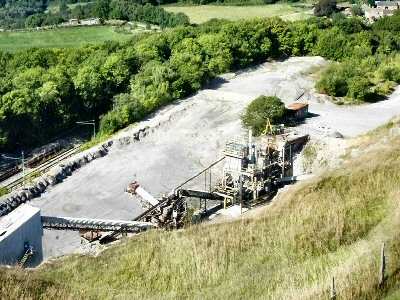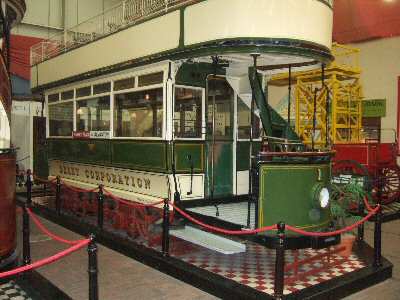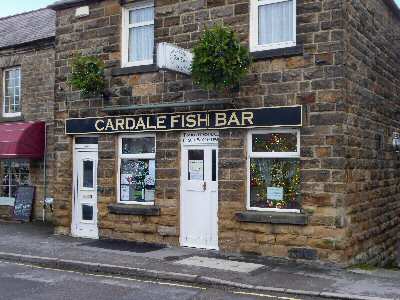CRICH STAND
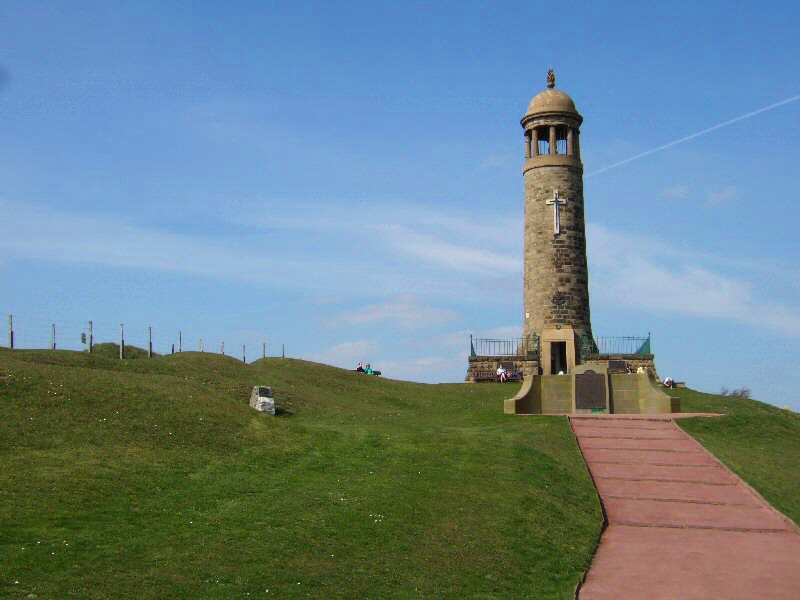
PLAN YOUR VISIT TO CRICH STAND
INFORMATION
Location: Crich Stand can be accessed using the A38, the A6, the A61, and the A52. The venue is to the northwest of Crich Village.
Visit: Crich Tramway Village, home to the National Tramway Museum, is a unique open-air museum and heritage attraction in a picturesque setting in Cliff Quarry at Crich.
Refreshments: For inquiries and reservations, you can contact Crich Stand Tea Room by phone at +44 7885 873452. You can access the restaurant’s official website by following this link: https://www.facebook.com/crich.stand.tea.room
Crich, a town no longer, is a large sprawling village lying in a sheltered position in a hollow on a hillside high up above the Derwent Valley. It is a fascinating, if unusual, village. It has a lighthouse, yet is in the middle of England, and trams still rattle along in a worked-out quarry, far away from the cities they used to serve.
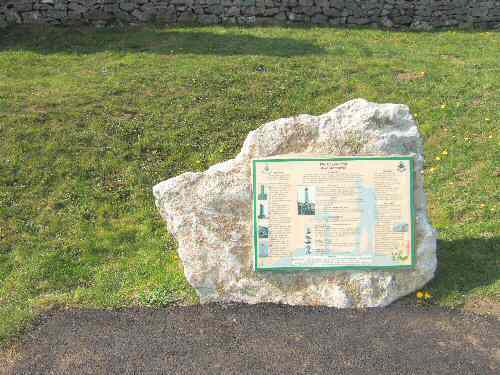
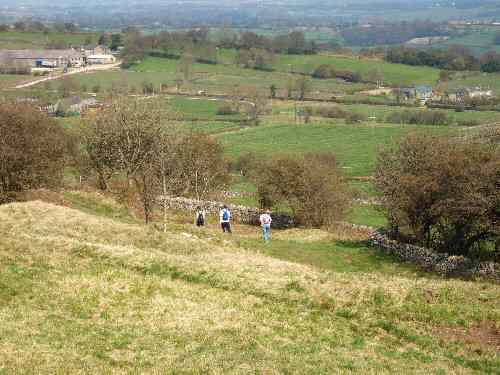
CRICH STAND
The lighthouse tower, known as Crich Stand, was built shortly after the end of the First World War above a quarry. When the quarry was exhausted, it was converted into a tramway museum. Vintage trams run every few minutes along a period street out into the open countryside with spectacular countryside views. Behind the façade of the Old Derby Assembly Rooms is an exhibition hall that houses trams from all over the world and tells the story from horse-drawn to electric motor.
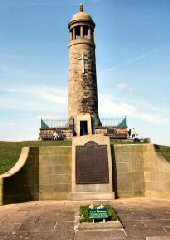
Rising above the quarry at a safe distance from the edge is Crich Stand, a 60-foot memorial. It was built in 1923 to commemorate the 11,409 men of the Sherwood Foresters who gave their lives in the First World War, 1914-1918. In 1952, it was re-dedicated to the memory of the 1,520 men of the Regiment who died in the Second World War, 1939-1945. Today, The Stand is the memorial of the Sherwood Foresters Regiment, dedicated to the Worcestershire and Sherwood Foresters Regiment and the Mercian Regiment.
It is a landmark that can be seen for miles around, and on a bright day, it is possible to see Lincoln Cathedral, 50 miles away. This is the third stone-built tower on the site, and before that, there was at least one wooden structure. It stands on a hill that may have been part of the beacon chain that warned of the coming of the Spanish Armada in 1588.
The lighting of a beacon commemorated the 400th Anniversary of the defeat of the Armada; now it is a light powered by electricity that illuminates the sky. The spiral staircase with fifty-eight steps takes the visitor to a viewing gallery, where there are splendid views in all directions. The site is open all year, and there is a short walk around the site, with seating and a car park provided. To climb the fifty-eight steps to the viewing gallery and access the café, please check the opening details (see above). A pilgrimage takes place on the first Sunday of July each year for a memorial service.
